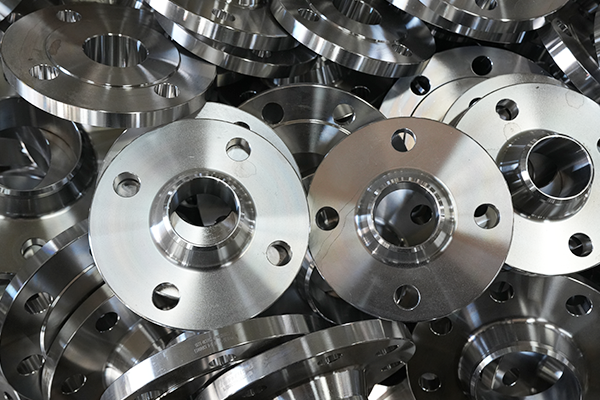NewsDetails
Factors Affecting the Adhesion of TPEP Anti-Corrosion Coatings
author:Zhantong time:2025-05-23 01:15:59 Click:79
Factors Affecting the Adhesion of TPEP Anti-Corrosion Coatings
The adhesion strength between the TPEP coating layers and the steel substrate is critical for the long-term corrosion protection and mechanical durability of the pipe. Several factors can influence this adhesion during manufacturing, storage, transportation, and installation.
1. Surface Preparation Quality
Proper surface cleaning is essential before coating application.
The steel pipe surface must be free of rust, mill scale, oil, grease, dirt, and moisture.
Near-white metal blast cleaning (SA 2.5 standard) is typically required to create a rough profile that enhances mechanical bonding.
Insufficient cleaning or surface contaminants will reduce adhesion strength and may lead to early coating failure.
2. Coating Application Parameters
The temperature and cleanliness of the pipe during fusion bonded epoxy (FBE) application affect epoxy curing and bonding.
Preheating the steel to the recommended temperature ensures proper fusion of epoxy powder.
Improper curing times or temperatures can cause weak bonds or coating brittleness.
The polyethylene layer must be extruded or applied under controlled conditions to achieve optimal adhesion to the adhesive primer layer.
3. Quality of the Adhesive Layer
The intermediate adhesive layer (polyolefin primer) plays a key role in bonding the epoxy and polyethylene layers.
The chemical composition and thickness of this adhesive must be consistent to prevent delamination.
Poor quality or uneven adhesive application can cause peeling or blistering during service.
4. Handling and Storage Conditions
Mechanical damage such as scratches or dents can disrupt coating adhesion.
Improper storage, including exposure to moisture, UV light, or temperature extremes, may degrade the coating or adhesive layers.
Pipes should be stored off the ground and protected from impacts and weather.
5. Transportation and Installation Practices
Abrasions and impacts during loading, unloading, or installation can damage the coating layers and weaken adhesion.
Coating repairs after welding or field joint treatments must ensure proper surface preparation and compatible materials.
Excessive bending or pipe deformation beyond allowable limits can cause cracks in the coating.
6. Environmental Factors
Soil chemistry, moisture, temperature fluctuations, and stray currents can affect coating performance.
Cathodic disbondment may occur if protective potentials are not maintained, leading to loss of adhesion near damaged areas.
Long-term exposure to aggressive environments can accelerate degradation if coatings are compromised.
Summary
To ensure optimal adhesion of TPEP coatings, strict control of surface preparation, coating application, and handling throughout the pipe’s lifecycle is essential. Proper storage and installation practices combined with environmental monitoring will maximize coating performance and pipe service life.
 Recommended Products
Recommended Products
 Contact us
Contact us
—— Contact:Manager
—— Tel:+86 15231788966
—— Email:info@zhantongpipe.com
—— Url:https://www.zhantongpipe.com
—— Address:Mengcun Hui Autonomous County, Cangzhou City, Hebei Province









